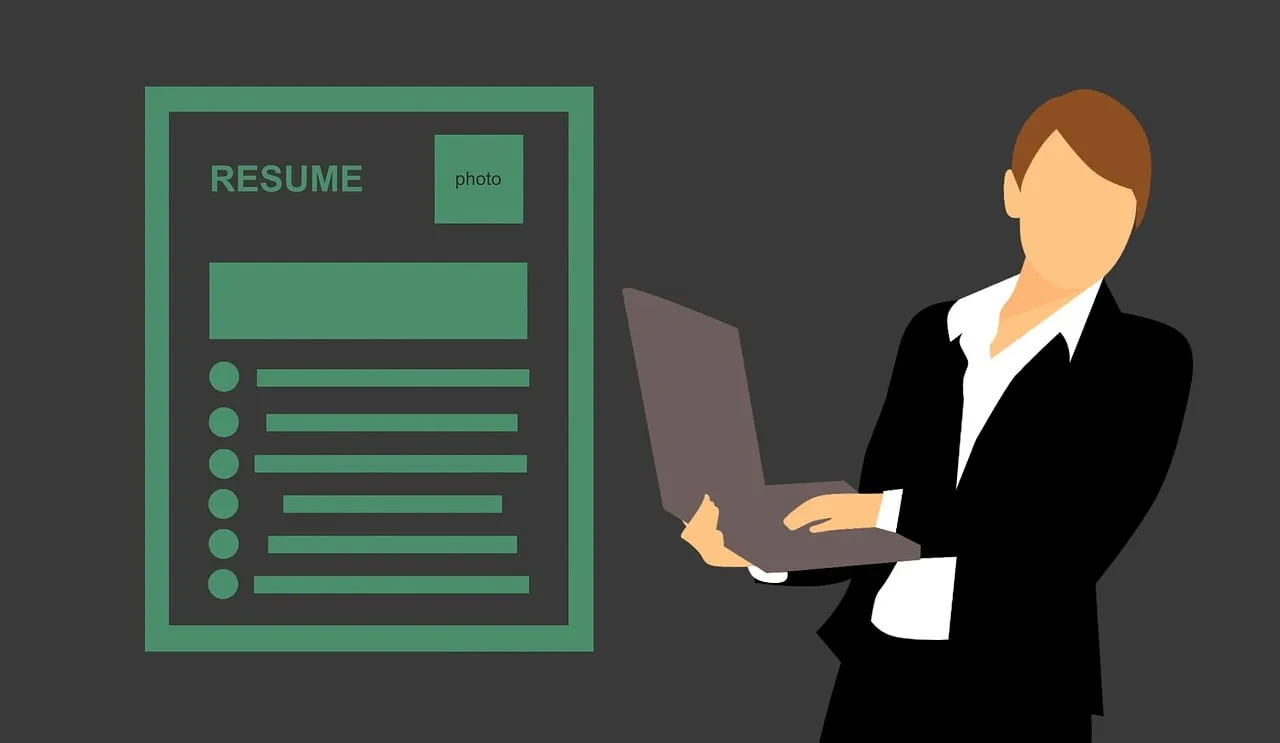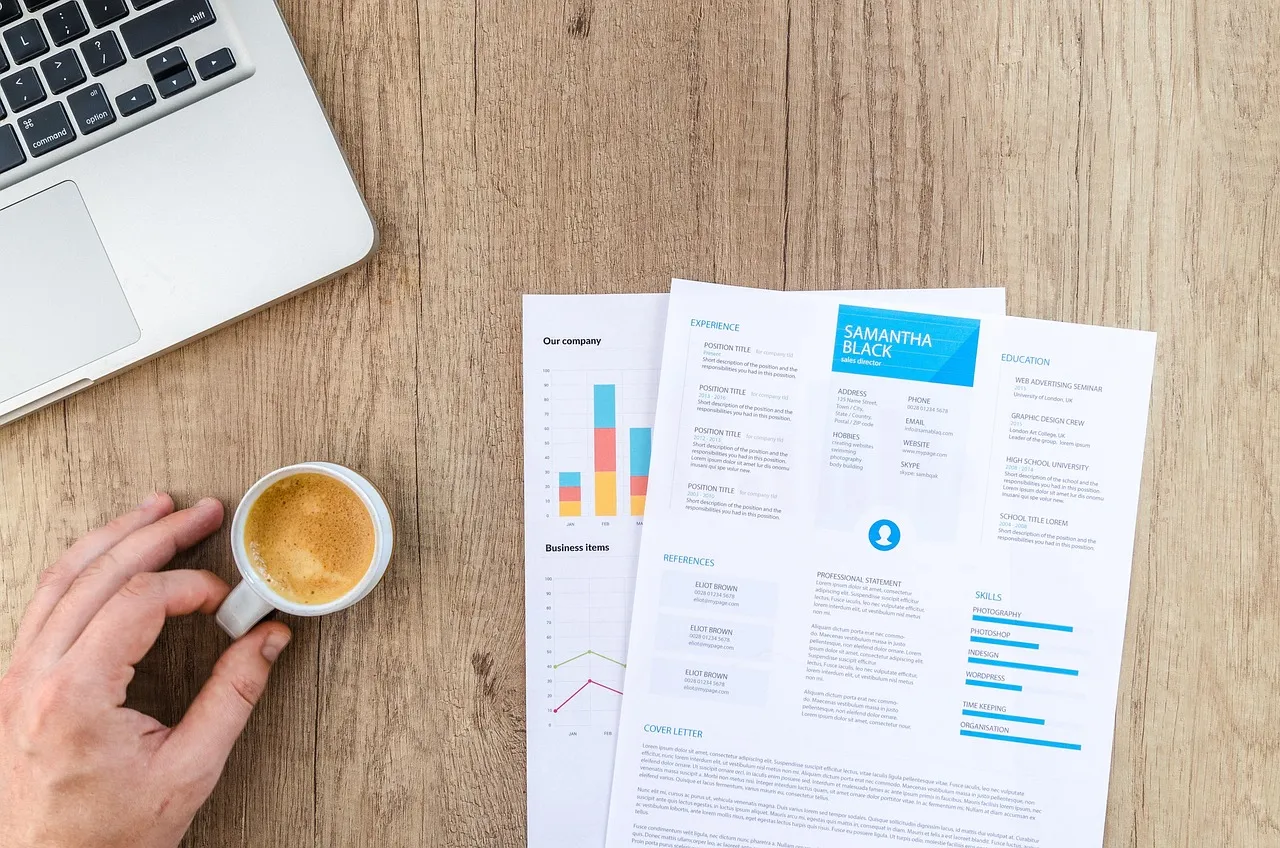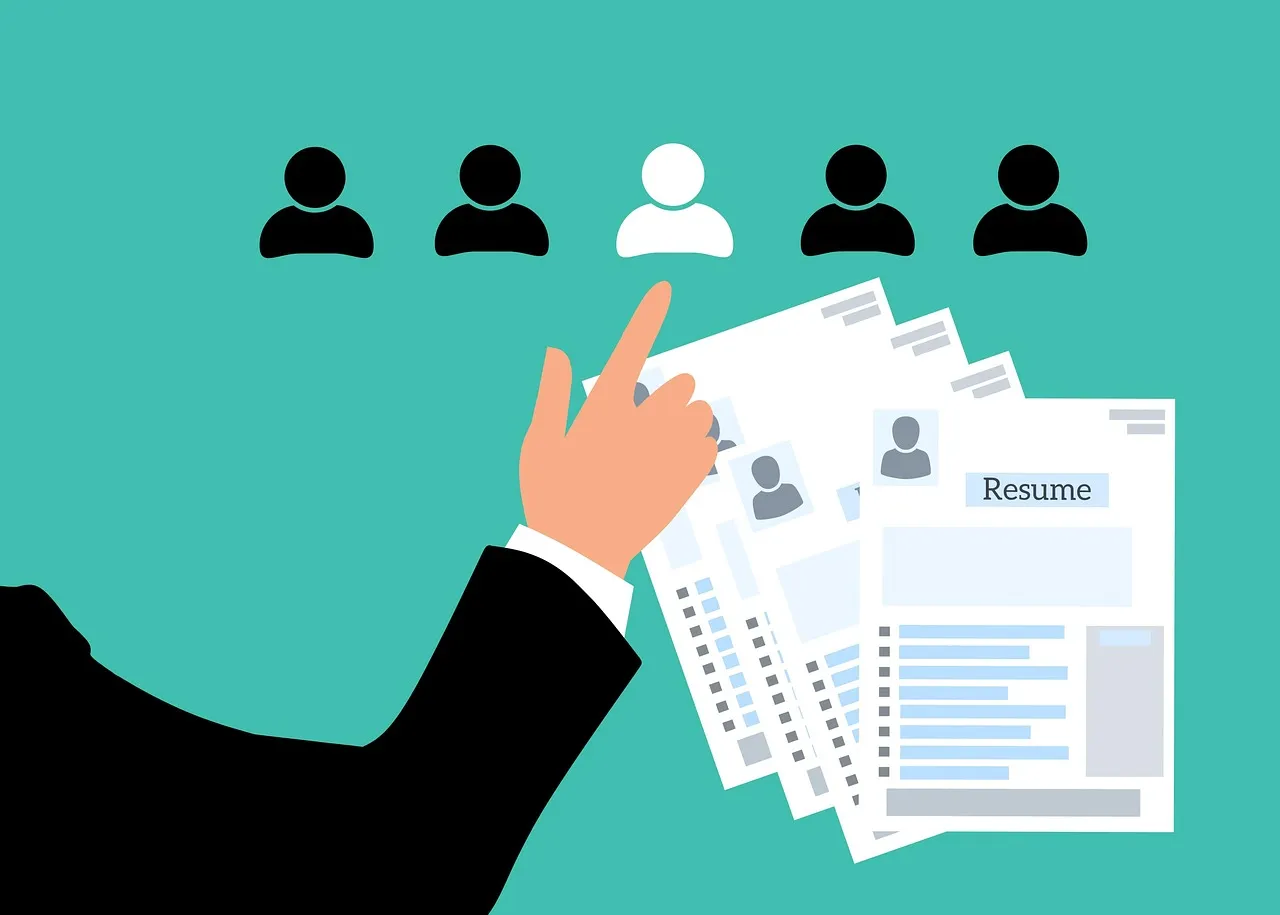As job hunting becomes increasingly digital, more resumes are being read by robots before humans. That’s right, AI resume screening is now a major part of the hiring process. While automation can speed things up, it also raises big questions like:

Should you opt out of AI resume screening?
And if you don’t, how do you make sure your resume actually gets seen?
To answer that, we need to understand the tools and terms behind AI-powered recruitment and how to use them to your advantage.
What Is AI Resume Screening?
AI resume screening refers to the use of Artificial Intelligence (AI) to scan and assess job applications. These systems analyze your resume, compare it with job requirements, and assign it a ranking or score. The goal? To help recruiters quickly identify top candidates.
Pros of AI Resume Screening
1. Speed and Efficiency: AI systems can scan resumes in seconds, making it possible to apply to multiple jobs in a short amount of time. Platforms like Jobscan even allow you to optimize your resume for ATS, increasing your chances of getting noticed.
2. Keyword Matching: Most AI resume screeners look for keywords related to the job description. If your resume contains those keywords, it will be flagged as a strong match.
3. Standardization: AI systems eliminate bias—at least in theory. They don’t care about your name, gender, or background unless these elements are part of the data points.
4. Analytics and Insights: Some platforms provide feedback on your resume’s performance, offering insights into areas for improvement.
Cons of AI Resume Screening
1. Rigidity and Narrow Focus AI systems often reject resumes that don’t exactly match job descriptions, even if the candidate is highly qualified. This means missing out on great candidates due to keyword mismatches.
2. Lack of Personalization AI cannot interpret context or understand career pivots well. For example, if you’re transitioning industries, your transferable skills might not be recognized.
3. False Negatives Qualified candidates can get filtered out due to formatting issues or unconventional job titles.
4. Limited Feedback AI systems rarely tell you why you were rejected, making it harder to improve your application.
Opting Out: The Human Advantage
When you opt out of AI screening, your resume is reviewed by a human recruiter. This comes with several advantages:
● Contextual Understanding: Human recruiters can interpret your career narrative.
● Flexibility: A human can see potential where AI sees a mismatch.
● Better Fit: People appreciate personal insights and nuanced skills better.
However, this also has drawbacks:
● Time-Consuming: Human reviews take longer.
● Limited Reach: You may only be able to apply to a few positions at a time.
Bias Risk: Human bias, unlike AI, is harder to control or detect.
So, Should You Opt Out of AI Resume Screening?
The answer depends on your job search goals:
● Mass Applications: If you're casting a wide net, AI resume screening can help you apply to multiple roles quickly. Tools like ResumeWorded can help optimize your resume for these systems.
Targeted Applications: If you're aiming for a specific company or role, opting out might give you a better chance to stand out.
A Hybrid Strategy: The Best of Both Worlds
Rather than choosing one method exclusively, consider a hybrid strategy:
1. Customize Your Resume for ATS: Use tools like Jobscan or Zety to optimize your resume.
2. Follow Up With Human Contact: After applying, send a personalized email or LinkedIn message to the hiring manager.
3. Use Personal Branding: Build a strong online presence with a professional website or portfolio.
Leverage Referrals: Use platforms like LinkedIn to connect with employees at your target company and request a referral.
How to Opt Out of AI Resume Screening
Some job portals allow you to opt out of automated screening by selecting manual review or uploading documents in a specific format. When possible:
● Apply directly through the company’s careers page.
● Look for email addresses to send resumes directly.
● Network to get your resume hand-delivered to HR.
Related tools and concepts
1. Applicant Tracking Systems (ATS)
An Applicant Tracking System (ATS) is software that companies use to collect, organize, and rank resumes. It's often the first layer of screening; if your resume isn’t ATS-friendly, a human may never see it.

Why It Matters:
Most large companies rely on an ATS to manage high volumes of applications. If you’re not optimizing for ATS, you risk being filtered out, no matter how qualified you are.
2. Resume Optimization
Resume optimization means tailoring your resume to match the specific job description and formatting it to pass through AI and ATS systems. This includes:
● Using relevant keywords
● Matching your skills and job titles to the posting
● Highlighting measurable achievements
Why It Matters:
Optimized resumes are more likely to pass both AI and human screening. It’s a must in today’s digital job market.
Also, if you don't know the Best Free Unrestricted AI Image Generator, you can explore it.
3. AI in Hiring
AI in hiring refers to the broader use of artificial intelligence throughout the recruitment process, not just resume screening. AI is also used for:
● Pre-screening questions
● Video interview analysis
● Skill assessments
● Chatbot communication
Why It Matters:
AI speeds up hiring and reduces manual work, but it can also miss nuance, personality, and creativity. Knowing where AI is used helps you tailor your approach.
4. AI Recruitment Tools
These are the specific platforms and systems that companies use to automate hiring tasks. Examples include:
● HireVue (for video interview analysis)
● Pymetrics (for game-based assessments)
● LinkedIn Recruiter (AI matching)
● Greenhouse, Lever, iCIMS (ATS platforms)
Why It Matters:
Each tool has its quirks. For instance, some read .pdf resumes poorly, while others scan for very specific phrasing. Understanding the toolset helps you format and present your resume effectively.
5. Bias in Hiring Algorithms
Even though AI is supposed to be neutral, it can still make biased decisions. This is known as bias in hiring algorithms.
Why It Happens:
AI learns from historical hiring data. If that data contains gender, racial, or age biases, the algorithm can repeat or even amplify them.
Why It Matters:
By opting out of AI screening, some candidates hope for a fairer chance with a human reviewer. Others argue that humans can be just as biased.
6. Machine Learning in Recruitment
Machine learning in recruitment is what powers most AI hiring tools. It allows systems to learn from patterns like which resumes led to successful hires, and improve future recommendations.
Why It Matters:
While it sounds smart, this also means the system might prioritize "safe bets" over diverse or unconventional candidates. This can work against people with career gaps or non-traditional experience.
7. Human vs AI in Hiring
This ongoing debate asks: Who makes better hiring decisions, humans or machines?
● Humans can read emotion, body language, and nuance.
● AI is faster, consistent, and not influenced by mood or fatigue.
Why It Matters:
If you opt out of AI screening, you may get a more holistic review. But in many companies, AI is unavoidable, so it's smarter to understand how to work with it.
8. ATS Resume Tips
Want to get past the ATS? Follow these ATS resume tips:
● Use standard headings: "Work Experience", "Education", etc.
● Avoid graphics, tables, columns, and text boxes.
● Use clear, job-specific keywords from the job listing.
● Include both hard skills (e.g., Python, Excel) and soft skills with proof.
Why It Matters:
These tips ensure your resume is easily read and parsed by AI systems and that it ends up in the "Yes" pile.
9. Resume Formatting for AI
Resume formatting for AI is about creating a clean, scannable layout that AI tools can read accurately.
Best practices include:
● Saving your resume as a Word or simple PDF file
● Using bullet points, not paragraphs
● Listing job titles, companies, and dates clearly
● Avoiding creative layouts and images
Why It Matters:
AI can’t “see” visuals like a human can. The simpler and more structured your resume, the better it performs in automated screenings.

Should You Opt Out of AI Resume Screening?
When to Consider Opting Out
● You have a non-traditional career path
● You want a recruiter to evaluate your story, not just keywords
● You're applying to small businesses or startups that value the personal touch
When to Stay In
● The job listing mentions an ATS or AI tool
● Your resume is optimized and formatted for AI
● You want to be part of the automated shortlisting process
In many cases, it’s not about opting out, it’s about understanding the system and playing it strategically.
Frequently Asked Questions
1. What happens if I opt out of AI resume screening?
Your resume may be reviewed manually, but it might also be delayed or deprioritized depending on the employer’s workflow.
2. How do I know if a company uses an ATS?
Look for signs like “submit through portal,” “resume parser,” or “powered by [ATS tool name]” during the application process.
3. Can AI reject my resume before a human sees it?
Yes. If your resume isn’t optimized, it may be filtered out automatically by AI recruitment tools.
4. Is AI better than humans at hiring?
It depends. AI is faster and more consistent, but humans understand nuance, personality, and creativity.
5. What’s the best way to format a resume for AI?
Follow resume formatting for AI guidelines: simple layout, standard sections, no design elements, and job-specific keywords.
Real-World Example: Applying to New Web Order
Let’s say you want to join the team at New Web Order. You’re excited about their innovative projects in web design, SEO, and digital branding. Here’s how you could apply:
1. Customize Your Resume for AI: Include keywords like “web design,” “SEO optimization,” and “Google Analytics.”
2. Send a Personalized Email: Attach your resume and portfolio and express why you're passionate about working at New Web Order.
3. Follow Up: A polite LinkedIn message or follow-up email can make a difference.
4. Highlight Value: Mention specific campaigns or services from their website that inspired you.
Final Thoughts
Should you opt out of AI resume screening? It’s not a simple yes or no. Instead, it’s about knowing how AI works, what tools companies use, and how to optimize your resume to perform well, with or without automation.
In today’s tech-driven hiring world, understanding things like Applicant Tracking Systems, resume optimization, and AI recruitment tools gives you the edge you need to land interviews faster.


